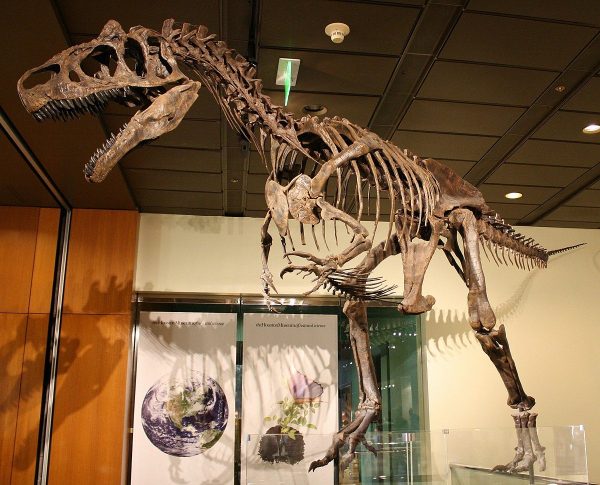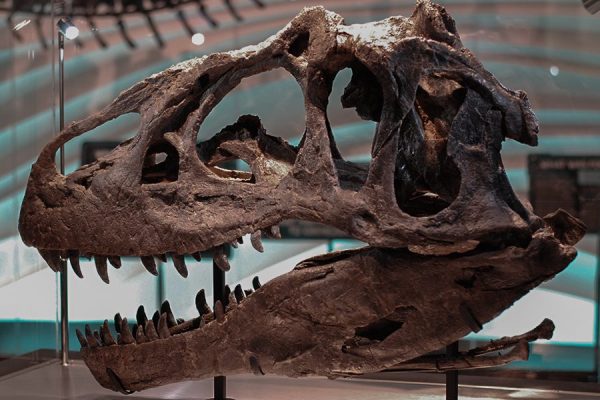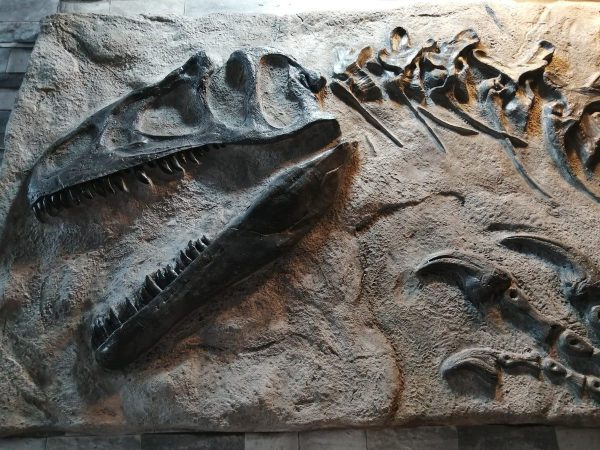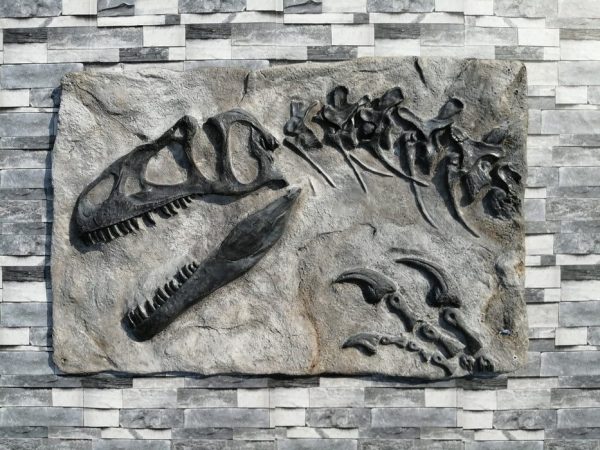The Late Jurassic period, around 155 to 150 million years ago, was a time of formidable predators and iconic dinosaurs. Among these ancient beasts, one reigned supreme as the apex predator – Allosaurus.

This remarkable carnivore, known for its strength, agility, and ferocity, has left an indelible mark on the world of paleontology, thanks to the countless fossils discovered in the rugged landscapes of Wyoming.
Allosaurus, whose name means “different lizard,” was a massive theropod dinosaur that dominated the Late Jurassic landscape. Its fossils have been found in various locations across North America, with a particularly rich source in the western state of Wyoming.
During this period, North America was a vastly different place, with lush forests, swamps, and a diverse range of herbivorous dinosaurs, providing an ample food supply for these apex predators.

Wyoming, with its rugged terrain and expansive badlands, has proven to be a paleontological goldmine. The state has yielded an extraordinary number of Allosaurus fossils, making it a crucial hub for researchers seeking to unlock the secrets of these ancient predators.
The combination of favorable geological conditions and the dedication of paleontologists has allowed us to glimpse into the life of Allosaurus.
Allosaurus was a formidable creature, with a length of up to 40 feet and a weight of around two to five tons. Its most distinctive features included its large head, filled with sharp teeth, and powerful, grasping arms ending in three-fingered hands. These adaptations made Allosaurus a highly effective predator, capable of taking down a wide range of prey.

One of the key factors that set Allosaurus apart as an apex predator was its hunting strategy. Unlike the massive but slower-moving sauropod dinosaurs, Allosaurus was a swift and agile predator.
Its powerful jaws could deliver a deadly bite, and its grasping arms could immobilize prey, making it a formidable adversary for even the largest herbivores of its time.
The fossils discovered in Wyoming have provided crucial insights into the lives of these ancient predators. Skeletons of Allosaurus have been unearthed in various stages of development, shedding light on their growth and maturation.

Some fossils even show signs of injuries, suggesting that Allosaurus engaged in combat, possibly over territory or food.